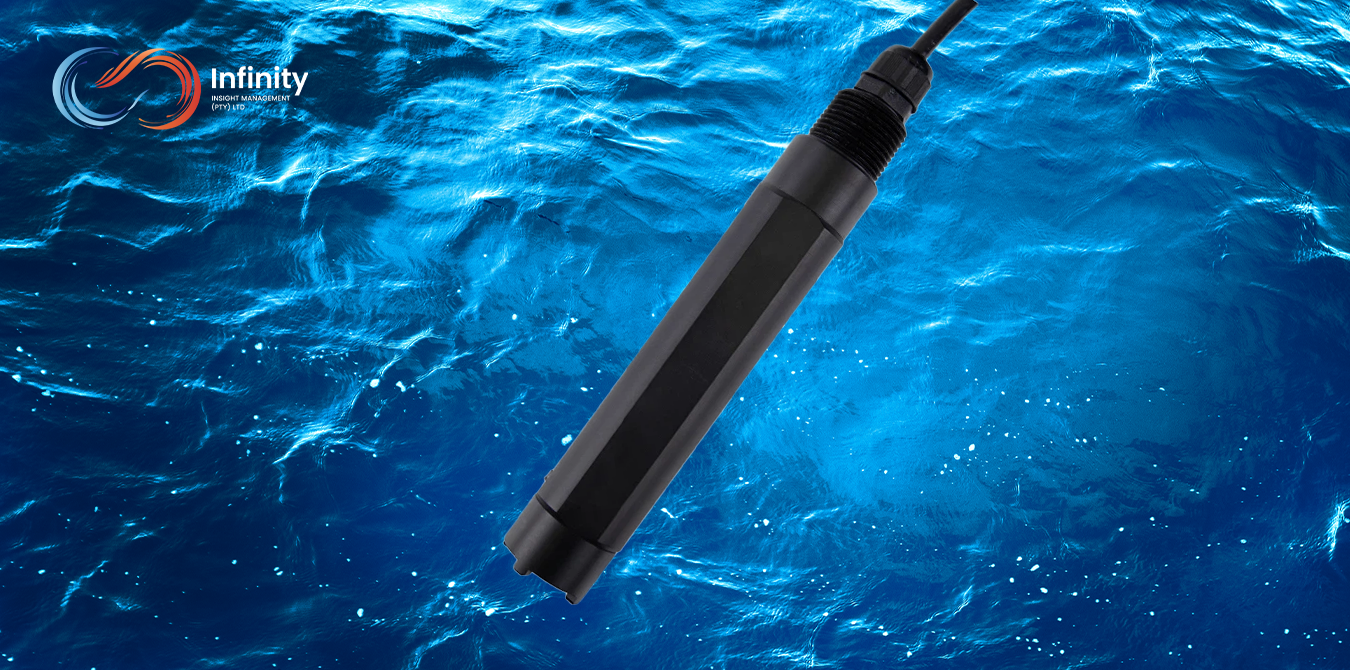Maximising Efficiency with Intelligent Dissolved Oxygen Sensors
⬅ Back to Posts
In industries where water quality is paramount, monitoring dissolved oxygen (DO) levels with a dissolved oxygen sensor is essential for ensuring optimal processes and environmental compliance. Traditional DO sensors, while effective, often require frequent calibration, maintenance, and manual adjustments to ensure accuracy. This is where intelligent dissolved oxygen sensors revolutionise water monitoring.
What is an Intelligent Dissolved Oxygen Sensor?
An intelligent dissolved oxygen sensor is an advanced, digital device designed to measure DO levels in water with high precision. Unlike conventional sensors, these smart devices integrate microprocessors, self-calibration capabilities, and real-time data analytics. This enhances performance and reliability. As a result, they are far more efficient and easier to manage. Thus, using a smart dissolved oxygen sensor in complex systems can greatly improve outcomes.
Key Features of Intelligent Dissolved Oxygen Sensors
Self-Calibrating & Auto-Compensation
Intelligent sensors can automatically adjust for temperature, pressure, and salinity variations. This provides consistently accurate readings. Consequently, they reduce human error and improve long-term stability. Offering significant benefits over traditional dissolved oxygen sensors.
Real-Time Monitoring & Data Logging
These sensors continuously collect and transmit data, ensuring real-time monitoring of DO levels for immediate analysis and action. In addition, by using a dissolved oxygen sensor for proactive adjustments, you can catch issues before they arise.
Remote Connectivity & Integration
Many intelligent DO sensors offer wireless connectivity and can be integrated with SCADA systems, IoT platforms, and industrial automation systems. In other words, users can access and manage data from virtually anywhere. This makes remote monitoring of dissolved oxygen sensors seamless.
Low Maintenance & Long-Term Stability
Advanced optical or electrochemical technology reduces the need for frequent calibration and sensor replacements. Moreover, by utilizing an advanced dissolved oxygen sensor, you lower maintenance costs. It also enhances operational efficiency.
Versatile Applications
Intelligent DO sensors are widely used in industries such as wastewater treatment, aquaculture, food and beverage processing, and pharmaceuticals. They are also used in environmental monitoring. Therefore, these dissolved oxygen sensors provide cross-industry value and versatility.
Benefits of Using Intelligent Dissolved Oxygen Sensors
Enhanced Accuracy: Advanced algorithms minimize errors and external interference. Thus, you gain more reliable data for process control, especially when using a high-quality dissolved oxygen sensor.
Improved Efficiency: Real-time data enables proactive decision-making, reducing downtime. As a result, productivity improves across operations. This is particularly true when utilizing precise dissolved oxygen sensors.
Cost Savings: Reduced maintenance and calibration efforts lower operational costs. Additionally, longer sensor lifespans lead to better return on investment. This makes a dissolved oxygen sensor a wise choice.
Regulatory Compliance: Ensures adherence to environmental standards and industry regulations. In other words, it supports sustainability and safety goals. This is especially true when using a state-of-the-art dissolved oxygen sensor.
Choosing the Right Intelligent DO Sensor
When selecting an intelligent dissolved oxygen sensor, consider factors such as:
- Measurement range and accuracy requirements
- Environmental conditions (temperature, salinity, pressure variations)
- Integration capabilities with existing systems
- Maintenance and calibration needs
Furthermore, it's important to evaluate long-term operational costs and compatibility with your existing monitoring infrastructure, including any dissolved oxygen sensors currently in use.
The transition to intelligent dissolved oxygen sensors is a game-changer for industries reliant on precise water quality measurements. Thanks to self-calibration, remote monitoring, and real-time analytics, these sensors not only enhance operational efficiency. They also ensure compliance with environmental standards. Ultimately, investing in a high-tech dissolved oxygen sensor means greater accuracy, lower maintenance, and long-term cost savings.
Ready to Upgrade?
Looking to upgrade your dissolved oxygen monitoring system?
👉 Contact Infinity Insight Management today to explore the best solutions for your industry!
